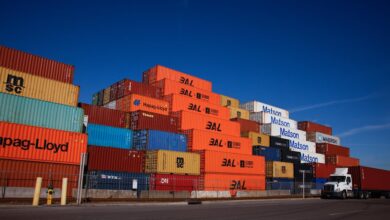
As consumer debt reaches unprecedented levels, there’s growing concern about its potential impact on future retail spending. This surge in debt—spanning credit cards, auto loans, and student loans—poses a significant threat to the economic landscape, particularly the retail sector, which heavily relies on consumer purchasing power.
The increase in consumer debt is attributed to a combination of factors, including rising living costs, stagnant wage growth, and the aftereffects of the pandemic-induced economic strain. As households allocate a larger portion of their income to debt repayment, disposable income diminishes, leading to a cautious approach to discretionary spending.
Retailers, especially those dependent on non-essential consumer goods, may face challenges as consumers prioritize essential purchases and debt repayment over luxury or non-essential items. This shift in spending behavior could result in reduced sales volumes, impacting the overall health of the retail industry.
Moreover, the ripple effects of constrained retail spending could extend beyond the sector, potentially influencing manufacturing, supply chain dynamics, and employment levels within the retail ecosystem. The situation calls for close monitoring by policymakers and financial institutions, who may need to consider measures to alleviate consumer debt burdens and stimulate economic activity.
The threat of rising consumer debt to future retail spending is a complex issue, requiring a multifaceted approach to ensure sustainable economic growth and consumer financial health. Strategies may include promoting financial literacy, encouraging responsible lending practices, and implementing policies that support wage growth and economic resilience.
As we navigate this uncertain terrain, the focus must be on creating a balanced economic environment where consumer spending can thrive without being overshadowed by the burden of debt. The coming months will be critical in determining how effectively we can address these challenges and secure a stable economic future.





